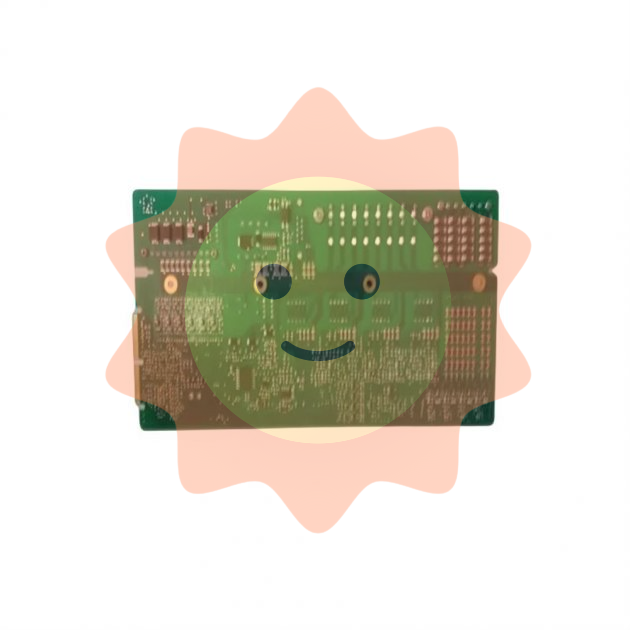Paper industry information
1, the pulping process in paper manufacturing: there is no obvious boundary between ordinary chemical mechanical pulp and chemical thermal grinding mechanical pulp, and the process is also very similar. Both CMP and CTMP chemicals used to treat wood chips are sodium sulfite, caustic soda - sodium sulfite, caustic soda. General coniferous wood with sodium sulfite (or add a small amount of caustic soda), broadleaf wood with caustic soda (add a small amount of sodium sulfite). The main factors affecting pulp quality are wood type, wood chip quality, grinding concentration, pre-steaming conditions, chemical impregnation conditions, grinding pressure, disk mill structure, disk mill revolution and so on.
2, ordinary chemical mechanical pulp (CMP) raw wood chips subjected to stronger chemical treatment, pulp rate is low, grinding can be carried out under normal pressure. Generally, the chemical treatment conditions of softwood are 12~17% sodium sulfite concentration in the cooking liquid, 10~60 minutes preheating at 130~170℃, and the wood chips after cooking are extrude the excess pharmaceutical liquid for two stages of grinding, and there is a permanent washing device between the two stages of grinding. Broad-leaved wood was treated with 15-20% sodium sulfite cooking solution at 150-160 ℃ for 15-40 minutes, and the CMP yield was 86-88%.
3, chemical heat grinding mechanical pulp (CTMP) wood chips in the grinding before the chemical treatment, the purpose is to soften the wood on the basis of retaining the same wood composition as much as possible, so that the fiber becomes soft, improve the binding force between the fibers, so the composition of the long fiber is significantly higher than CMP, change the optical properties of the paper, improve the strength of the paper. The pre-steaming temperature of wood chips was 125~130℃, 2~3 minutes, and the dosage of sodium sulfite was 2~3%. The amount of sodium sulfite in broadleaf wood was 3-4%, sodium hydroxide was 2-3%, and CTMP yield was 90-92%.
4, the recycling of cooking waste liquid: cooking liquid contains a lot of lignin sulfonate, sugar and its degradation products, inorganic substances, etc., with a high BDO, COD, good recovery, utilization is an important environmental protection topic of neutral sulfite pulp industry.
Three. Dissolving pulp
A high-purity chemical pulp, also known as wood pulp, chemical fiber pulp, the main raw materials for masson pine, eucalyptus wood and other high-quality wood fiber. Dissolving pulp is a repurified product of wood pulp used in papermaking, which has strong flexibility in capacity switching. From the process point of view, the production process of dissolved pulp and pulp is very similar, both using wood chips as raw materials, the equipment has a certain degree of commonality, the fiber concentration of pulp is about 65%, the subsequent increase of pre-hydrolysis treatment, when the cellulose content reaches more than 90%, that is, dissolved pulp, mainly to remove the hemicellulose in the pulp, and finally only the whole fiber is retained. The main use of dissolved pulp is to produce viscose fiber, viscose fiber is similar to cotton in texture, comfort, air permeability, environmental protection and other aspects of polyester have obvious advantages, so dissolved pulp has become a substitute for cotton, commonly known as "artificial cotton".

Asia is the world's largest dissolving pulp production area, mainly in Indonesia, Laos and other areas with rich forest resources; Followed by the Americas, focusing on the United States, Canada, Brazil and other places, the Americas and Asia accounted for nearly 80% in 2021
The price of dissolved pulp has a strong correlation with wood pulp, cotton and viscose staple fiber. Wood pulp is the raw material of dissolved pulp, which can be produced and converted, so the price trend of dissolved pulp is basically the same as that of broadleaf pulp and coniferous pulp. Both dissolved pulp and cotton pulp made from cotton are raw materials of viscose staple fiber, which is a good substitute for cotton. When the price of cotton rises, the demand for viscose staple fiber as a substitute increases, resulting in an increase in the demand for dissolved pulp and an increase in the price.
The supply side of dissolved pulp in China is highly dependent on imports. Wood chip is the main raw material of dissolved pulp, but due to the relatively small forest resources in China, it can not meet the needs of the growing pulp and paper industry, and the consumption of wood chip tons of dissolved pulp is high, affected by environmental protection policies, China's dissolved pulp import dependence is high. According to Zhuo Chuang information, at present, only Sun Paper and Hunan Juntai produce dissolved pulp. Southeast Asia has the advantages of sufficient supply, cost competitiveness and convenient transportation, and the proportion of imports is among the top. Dissolved pulp imports increased from 2.84 million tons in 2018 to 3.35 million tons in 2022.
Four. Viscose fibre
Viscose fiber, also known as ice silk, silk cotton, model, is a kind of artificial fiber, natural plant fiber (cotton, wood, bamboo, etc.) as raw materials, through alkalization, aging, sulfonation and other processes to make soluble cellulose xanthan ester, then dissolved in dilute lye to make viscose, made by wet spinning. This fiber is skin-friendly and non-irritating, has excellent moisture absorption and breathability, and is known as "breathable fabric".
- EMERSON
- Honeywell
- CTI
- Rolls-Royce
- General Electric
- Woodward
- Yaskawa
- xYCOM
- Motorola
- Siemens
- Rockwell
- ABB
- B&R
- HIMA
- Construction site
- electricity
- Automobile market
- PLC
- DCS
- Motor drivers
- VSD
- Implications
- cement
- CO2
- CEM
- methane
- Artificial intelligence
- Titanic
- Solar energy
- Hydrogen fuel cell
- Hydrogen and fuel cells
- Hydrogen and oxygen fuel cells
- tyre
- Chemical fiber
- dynamo
- corpuscle
- Pulp and paper
- printing
- fossil
- FANUC
- Food and beverage
- Life science
- Sewage treatment
- Personal care
- electricity
- boats
- infrastructure
- Automobile industry
- metallurgy
- Nuclear power generation
- Geothermal power generation
- Water and wastewater
- Infrastructure construction
- Mine hazard
- steel
- papermaking
- Natural gas industry
- Infrastructure construction
- Power and energy
- Rubber and plastic
- Renewable energy
- pharmacy
- mining
- Plastic industry
- Schneider
- Kongsberg
- NI
- Wind energy
- International petroleum
- International new energy network
- gas
- WATLOW
- ProSoft
- SEW
- wind
- ADVANCED
- Reliance
- YOKOGAWA
- TRICONEX
- FOXBORO
- METSO
- MAN
- Advantest
- ADVANCED
- ALSTOM
- Control Wave
- AB
- AMAT
- STUDER
- KONGSBERG
- MOTOROLA
- DANAHER MOTION
- Bently
- Galil
- EATON
- MOLEX
- Triconex
- DEIF
- B&W
- ZYGO
- Aerotech
- DANFOSS
- KOLLMORGEN
- Beijer
- Endress+Hauser
- MOOG
- KB
- Moxa
- Rexroth


Email:wang@kongjiangauto.com

























































































































